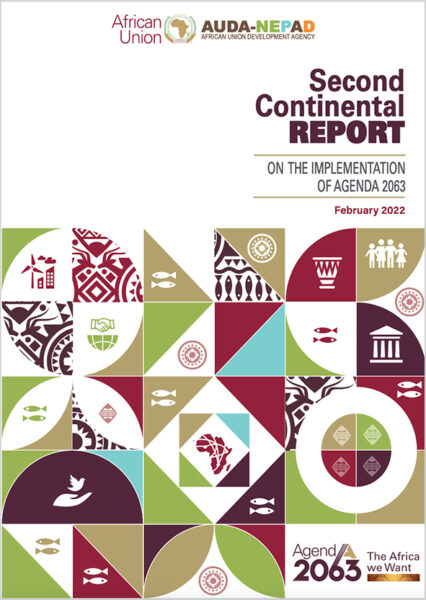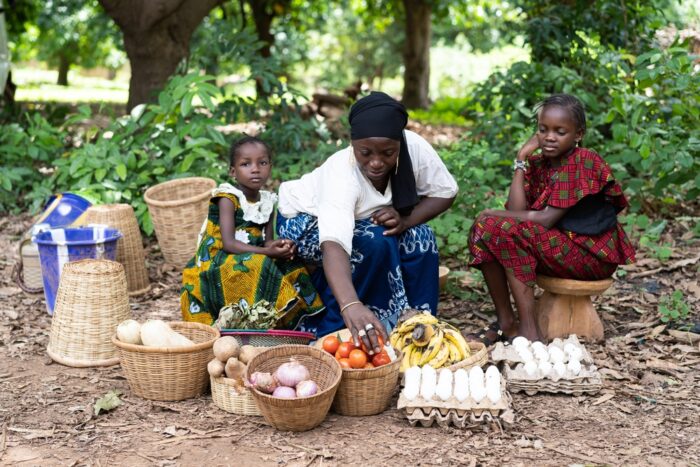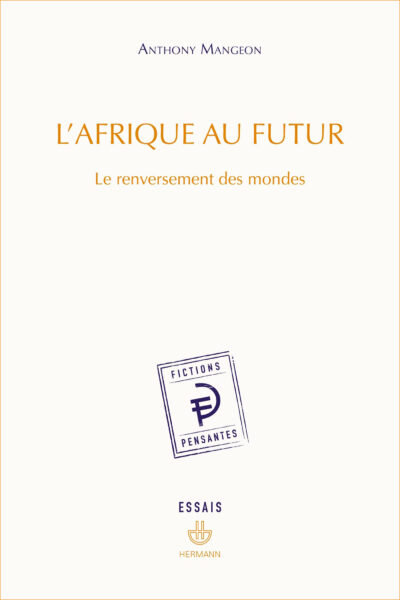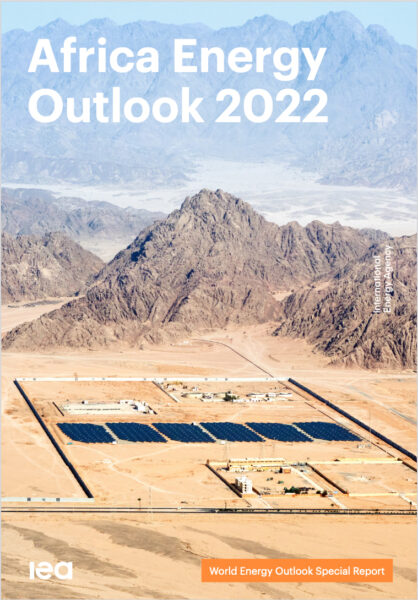Global water consumption is growing at a furious pace, with freshwater abstractions having tripled in the last 50 years. And this demand — linked, among other things, to population growth, the needs of agri-food production, improved living conditions and industrial development — is set to go on growing strongly in the coming decades. Combined with climate change, this will put ever greater pressure on water resources. Yet, as of now, there are still more than 900 million people without access to adequate drinking-water resources, 340 million of them in Sub-Saharan Africa.
“In [such] a context, characterized by increasing shortages, good governance in respect of water management is more essential than ever. The fight against poverty also depends on our capacity to invest in this resource” declared Koïchiro Matsuura, Director-General of UNESCO (United Nations Educational, Scientific and Cultural Organization) last spring.
Focussing on West Africa, a region of more than 290 million inhabitants, made up of 18 countries that are interdependent in terms of water resources, Catherine Baron points up the problems of the availability of, and access to, water. She goes on to analyse the impact of the dissemination of the various water-management models devised at the global level that have come and gone since the 1980s. She then outlines various projects set up by populations at the local level. In this way, she draws attention to the fundamental issues within water-resource management in this region — characterized, as it is, by great inequalities — and the need to take the particularities of each society into account when a system is put in place, so that it can be better meshed with local realities.
Water in Africa: Availability and Access
Cet article fait partie de la revue Futuribles n° 359, jan. 2010



